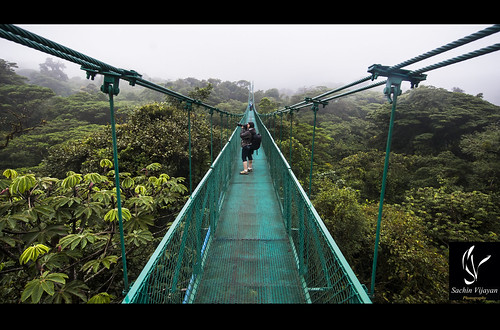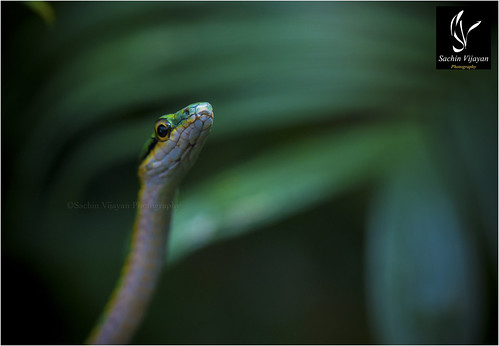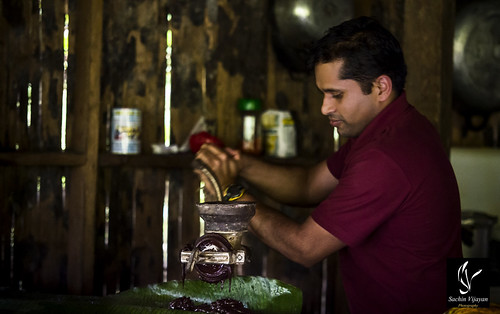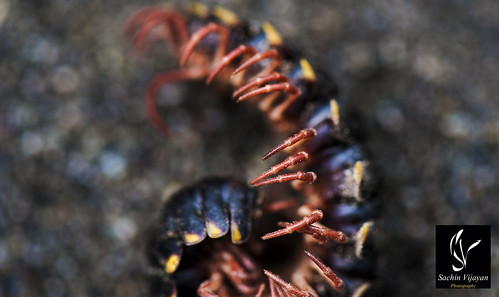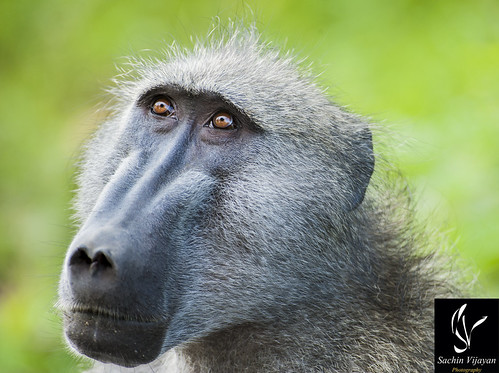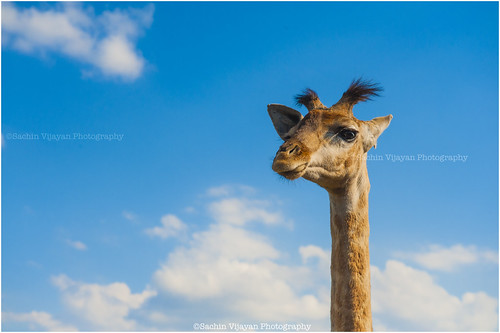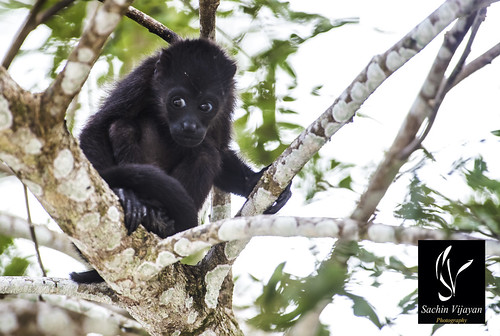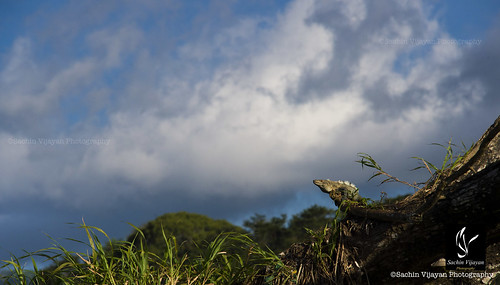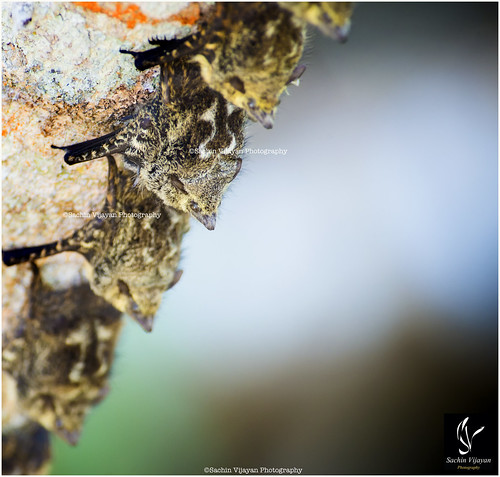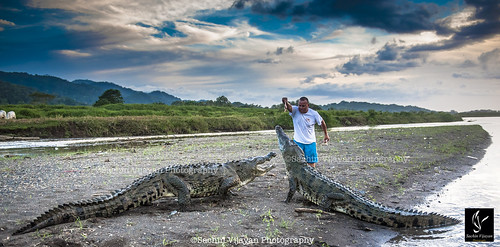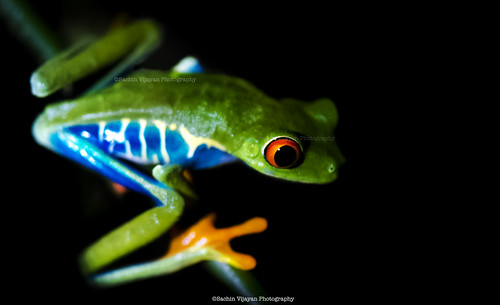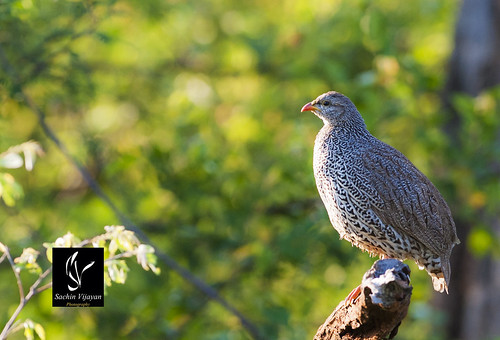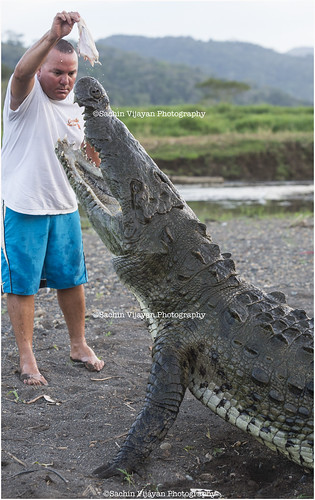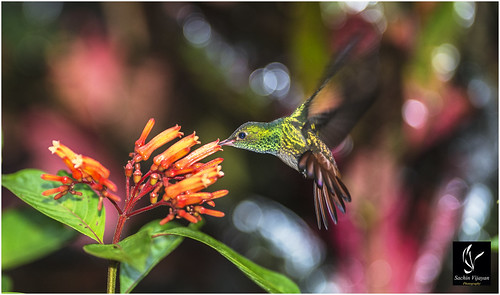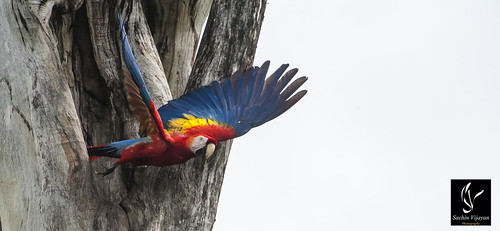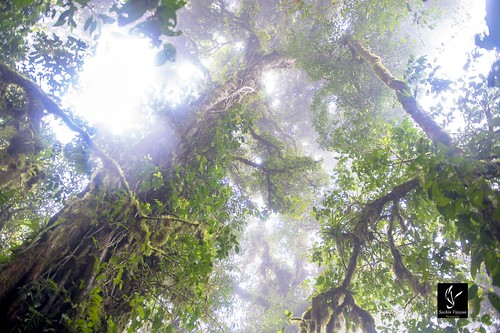Via Flickr:
Reno..
Free
Monday, June 3, 2013
Wednesday, May 8, 2013
Monday, April 22, 2013
Saturday, April 6, 2013
Tuesday, April 2, 2013
Saturday, March 23, 2013
Wednesday, March 13, 2013
Saturday, March 9, 2013
Wednesday, March 6, 2013
Thursday, February 28, 2013
Monday, February 25, 2013
Tuesday, February 19, 2013
Sunday, February 17, 2013
Tuesday, February 12, 2013
Friday, February 8, 2013
White-nosed coati
Via Flickr:
In some parts of Costa Rica the
major predator on coati young is the
capuchin monkey, who is so effective at
raiding nests that almost no young survive.
Tuesday, February 5, 2013
Monday, February 4, 2013
Sunday, February 3, 2013
Saturday, February 2, 2013
Anolis Lizard
Via Flickr:
Extremely common throughout Costa Rica, the anolis lizard makes up for in abundance what it lacks in size. Adults range from 30 to 60 cm in body length and males have a brightly colored flap of skin under their throat called a dewlap. Dewlaps are important for territorial and mating displays and are often shades of orange and yellow. Males display them by extending a bone under the chin to which the flap is attached, like a flag. The lizards are almost everywhere along forest trails where they perch at the base of trees and dart into the leaf litter to catch invertebrates. Body coloration is variable, mostly cryptic brown, though some females have white dorsal stripes or a diamond pattern. Look closely after disturbing the leaf‐litter while walking the trails at Corcovado, and it is easy to spot these small, energetic lizards.
Thursday, January 31, 2013
The hardest thing to see is what is in front of your eyes.....
Via Flickr:
Baboon at Kruger National park
Wednesday, January 30, 2013
Tuesday, January 29, 2013
Howler monkey baby
Via Flickr:
"Who can believe that there is no soul behind those luminous eyes!" ~ Theophile Gautier
Mantled howlers, called mono congo in Costa Rica, can weigh up to 20 pounds and typically have black fur. They are also noted for a brown or golden-colored mantle that is formed by long hairs along their flanks and back. Their long, prehensile tails act as an extra arm, gripping branches while they move about the rainforest canopy in search of food.
Monday, January 28, 2013
Saturday, January 26, 2013
Brazilian Long-nosed bats
Via Flickr:
Brazilian long-nosed bats are small, only 1½ inches long. Their brown fur is flecked with shades of grey and two wavy white lines run down the back. This camo-coloration pattern allows the Brazilian Long-Nosed Bats to blend almost perfectly with the bark and lichen on trees. To complete their disguise, their forearms are masked with tufts of grey fur.
Tuesday, January 22, 2013
Monday, January 21, 2013
Friday, January 18, 2013
Tuesday, January 15, 2013
Red eyed tree frog
Via Flickr:
Being green helps the red-eyed tree frog blend in with tree leaves. This keeps it hidden from both the insects it eats and the predators that want to eat it. Red-eyed tree frogs are nocturnal, or active at night. During the day they rest. When one of these tree frogs sits still on a green leaf, legs tucked in and eyes shut, it is practically invisible.
Saturday, January 12, 2013
Natal Francolin
Via Flickr:
My tracker named it as "Suicidal Bird" :) its keep on trying to cross the road when there is a vehicle... — at Kruger National Park.
Thursday, January 10, 2013
Golden-hooded Tanager
Via Flickr:
Adult Golden-hooded Tanagers are 13 cm long and weigh 19 g. The adult male has a golden head with a black eyemask edged with violet blue above and below. The upperparts of the body are black apart from the turquoise shoulders, rump and edgings of the wings and tail. The flanks are blue and the central belly is white. Females have a greenish tinge to the head, sometimes with black speckling on the crown, and more extensively white underparts. Immatures are duller, with a green head, dark grey upperparts, off-white underparts, and little blue in the plumage.
Tuesday, January 8, 2013
Monday, January 7, 2013
Sunday, January 6, 2013
Rufous-tailed Humming bird
Via Flickr:
The adult Rufous-tailed Hummingbird is 10–12 cm (4–4.8 in) long and weighs approx. 5.2 g (0.2 oz). The throat is green (edged whitish in the female), the crown, back and flanks are green tinged golden, the belly is pale greyish, the vent and rump are rufous and the slightly forked tail is rufous with a dusky tip. The almost straight bill is red with a black tip; the black is more extensive on the upper mandible, which may appear all black. Immatures are virtually identical to the female. The call is a low chut, and the male’s song is a whistled tse we ts’ we or tse tse wip tseek tse.
Saturday, January 5, 2013
Colours of Love....
Via Flickr:
The Scarlet Macaw (Ara macao)
is a large, red, yellow and blue South American parrot, a member of a large group of Neotropical parrots called macaws. It is native to humid evergreen forests of tropical South America.
Scarlet Macaws mate for life. The hen lays two or three white eggs in a tree cavity. The female incubates the eggs for about five weeks, and the chicks fledge from the nest about 90 days after hatching and leave their parents about a year later. Juveniles reach sexual maturity at five years of age. The Scarlet Macaw can live up to 75 years in captivity, although a more typical lifespan is 40 to 50 years.
In the words of one of our guides, these birds live an extremely romantic life, as they make love every morning and die of grief if they lose their partner.
Friday, January 4, 2013
Cloud Forest
Via Flickr:
Cloud Forest:
A cloud forest, also called a fog forest, is a generally tropical or subtropical, evergreen, montane, moist forest characterized by a persistent, frequent or seasonal low-level cloud cover, usually at the canopy level. Cloud forests often exhibit an abundance of mosses covering the ground and vegetation, in which case they are also referred to as mossy forests. Mossy forests usually develop on the saddles of mountains, where moisture introduced by settling clouds is more effectively retained.
For more reading:
en.wikipedia.org/wiki/Cloud_forest







